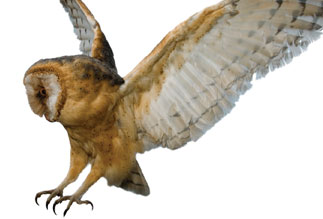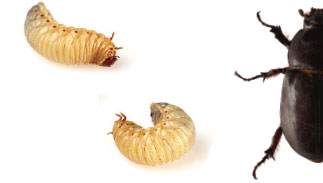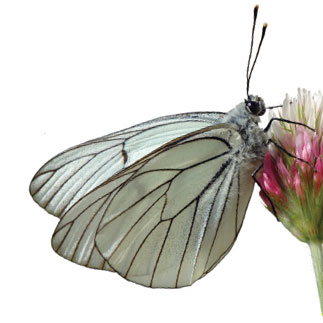 |
|
|
 |
 |
 |
   |
 |
|
No. 4 - KING’S GROVE
|
 |
|
The field
to your right (east) is called King's Grove as it once
held the round barrow or burial mound of a bronze age
chieftain (probably from over 4,000 years ago); sadly
long since ploughed flat but still visible in dry years
from the crop marks.
The field to your left (west) around the corner is called
Elder Stubbs (old English for a stump) - presumably
it once contained a scrubby thicket of elder bushes.
The whole area in front of you (approximately 80 acres)
was worked as one large field until we became organic
in 2000, when we divided the field with a beetle bank
(the grassy strip in front of you).
|
 |
|
Beetle Bank
|
 |
 |
 |
|
As organic farmers, growing crops,
we feel that, on balance, insects are beneficial to
us. This is particularly the case for the various species
of Rove and Ground Beetles who eat Aphids, Slug eggs,
Orange Blossom Midge eggs, various funghi etc. To provide
beetles with a winter refuge and breeding ground we
have split three of our larger fields by means of raised
banks of tussocky grasses and wild flowers - Beetle
Banks. In the springtime the insects spread out from
these concentrations to do their valuable work.
As well as being good for beneficial insects our beetle
banks provide excellent feeding and nesting sites for
ground nesting birds and small mammals (and, as a result,
perfect hunting corridors for the small mammal predators
such as our Barn Owls - we now have two nesting pairs
on the farm).
|
 |
|
Grass Margins (or, Life on the Edge)
|
 |
 |
 |
|
We believe that field margins are
a terribly neglected but very important (on most arable
farms, the most important) ecological resource - particularly
as they are usually backed by a hedge or ditch. Together
they will provide slugs and insects for frogs and toads
as well as seeds, insects and grubs for small birds
and mammals (during the summer you will see a colourful
array of wildflowers such as the purple Field Scabious
and white Ox-eye daisy, here for the benefit of foraging
bumblebees and other insects.
If, like ours, they are sown to tussocky grasses and
wild flowers, they will provide nest sites for ground
nesting birds, foraging for small birds and mammals,
good hunting for predators, refuge for beneficial insects,
nectar for butterflies and nest sites for humble bees.
From the farming viewpoint they provide a buffer between
the weeds of the hedge bottom and the crop, saving chemicals
or, in our case, hand weeding. The management of our
floristically enhanced grass margins is assisted by
Natural England.
|
 |
|
Laid Hedges
|
 |
 |
 |
|
The hedges along either side of New
Road were 'laid' during the 2003 National Hedge Laying
Championships. Some seven different styles of hedge
laying were employed but the differences are now almost
imperceptible.
|
 |
|
Arrowhead
|
 |
 |
 |
|
In 2008, during field walking by
a local archaeology group, a Neolithic arrowhead (the
Neolithic period ran from 4000BC to 2200BC - so it's
very old!) was found in King's Grove field. Was it the
long extinct, huge wild cattle, Aurochs, grazing here
that they hunted then, when this was still the glacial
fringe?
Over 400 generations have since loved this place as
we do now.
|
| |
 |
|


 |
|
 |
|
